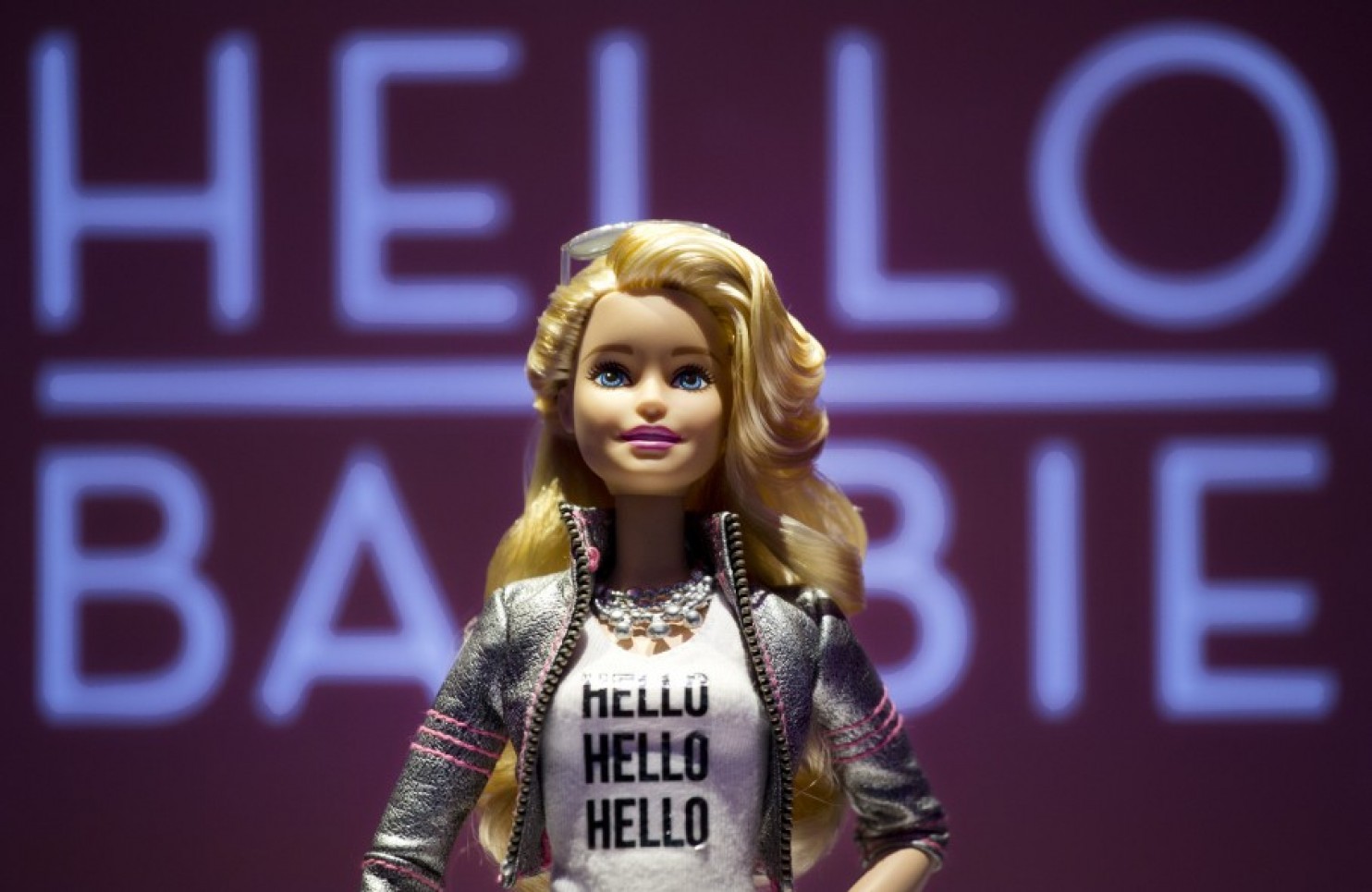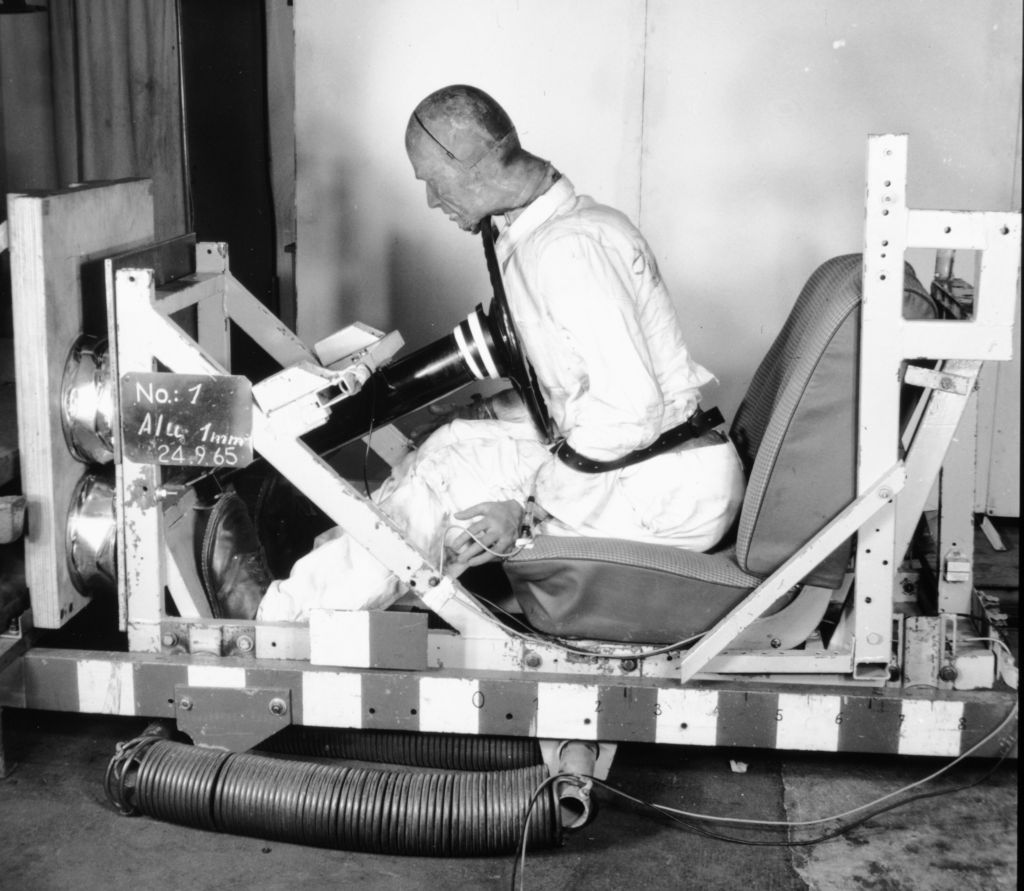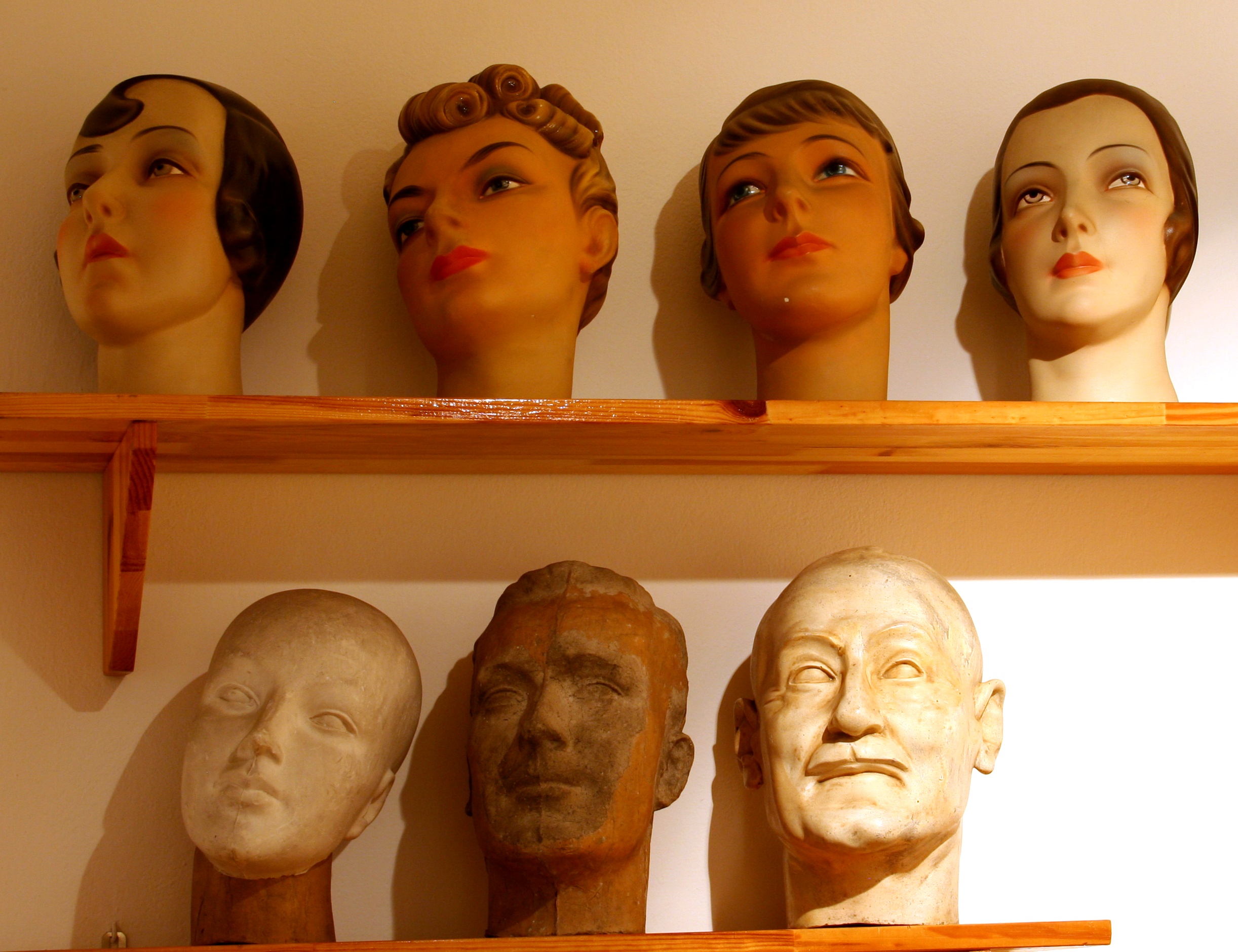In a few months, Mattel is releasing an interactive, Wi-Fi-enabled version of its most iconic doll, and it’s only surprising that Siri and Barbie haven’t met sooner. It could be a great moment for teaching–or marketing and surveillance. From Natasha Singer at the New York Times:
This fall, Mattel plans to introduce Hello Barbie, a Wi-Fi enabled version of the iconic doll, which uses ToyTalk’s system to analyze a child’s speech and produce relevant responses.
“She’s a huge character with an enormous back story,” Mr. Jacob says of Barbie. “We hope that when she’s ready, she will have thousands and thousands of things to say and you can speak to her for hours and hours.”
It was probably inevitable that the so-called Internet of Things — those Web-connected thermostats and bathroom scales and coffee makers and whatnot — would beget the Internet of Toys. And just like Web-connected consumer gizmos that can amass details about their owners and transmit that data for remote analysis, Internet-connected toys hold out the tantalizing promise of personalized services and the risk of privacy perils.
“Is this going to be some creepy doll that records what is going on in your home without you knowing it?” asks Nicole A. Ozer, the director of technology and civil liberties at the American Civil Liberties Union of Northern California. “What is being recorded? How long is it being stored? Who is it being shared with?”
The advent of connected toys that can record and talk back to children is likely to deepen this debate over the Internet of Things because of the potential for these intelligent toys to powerfully affect children’s imagination, learning and social development.•
________________________________
Sally Ride became the first American female to travel into space in 1983, and those enlightened designers at Mattel’s Barbie division were ready to pay tribute to the progress of women–well, to a point. Astronaut Barbie was a trailblazer in outer space, but she also enjoyed dancing in high heels under a disco ball. Seemingly intended for young girls with serious cocaine problems.




